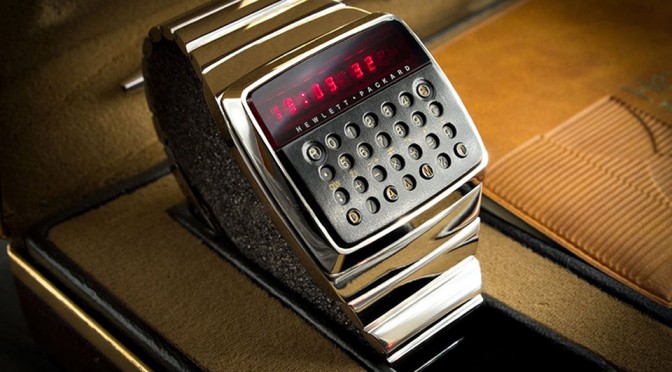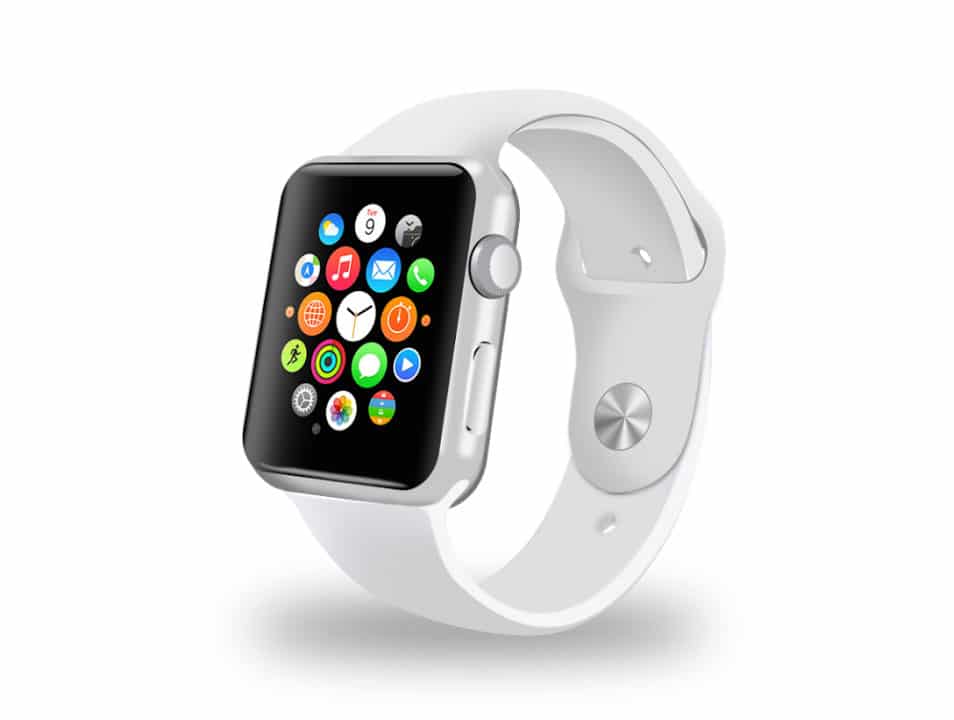With the the Apple's recent announcement of the new series 3 Apple Watches, it seems appropriate to mention its geekier, unattractive, older brother the calculator watch. At first glance the Apple Watch out wins a calculator watch in almost all categories, like processing power, functionality, and in most cases designs (unless you are talking about something like the HP-01 which makes the higher end Apple Watches look like kids toy). Some may view the calculator watch as just that, a watch with a small number pad and some addition and subtraction buttons to do calculations with. And you are correct about that, but there is always that special feeling about using something that isn’t practical. Much like how many still use and collect records and cassettes (topics I might cover on a later basis), even though there is a bigger library with much better sound on your phone.
 To understand these mathical devices, we must travel back in a time where air conditioning in cars are barely becoming standard and New York almost goes into bankruptcy, yes the 70's. The first calculator watch was created in 1975 by Pulsar, a division of Hamilton watch company, which to their luck became popular. Many of these watches tended to be quite large until later in which advancements allowed them to be at an acceptable size. Also to down size on surface area, sacrifices were made in which the buttons had to be pretty small, in some case required a stylus. Calculator watches did not really take off until Japanese companies like Casio and Seiko came in and made them much more popular. What made these watches popular is that many business people often needed to do calculation on the dime, in a time where calculator still needed to be plugged in in order to operate, made making calculations on your wrist much more attractive. Later on calculator watches would become cheaper, losing their gold and silver housing for plastic, mostly thanks to Casio CA53 model which a lot of us familiarize with when the term calculator watch springs into mind. Towards the mid 1980's demand for these watches fell due to devices such as PDAs and cellphones taking over the role of calculator and watch, which made manufacturers focus more on these cheaper models.
To understand these mathical devices, we must travel back in a time where air conditioning in cars are barely becoming standard and New York almost goes into bankruptcy, yes the 70's. The first calculator watch was created in 1975 by Pulsar, a division of Hamilton watch company, which to their luck became popular. Many of these watches tended to be quite large until later in which advancements allowed them to be at an acceptable size. Also to down size on surface area, sacrifices were made in which the buttons had to be pretty small, in some case required a stylus. Calculator watches did not really take off until Japanese companies like Casio and Seiko came in and made them much more popular. What made these watches popular is that many business people often needed to do calculation on the dime, in a time where calculator still needed to be plugged in in order to operate, made making calculations on your wrist much more attractive. Later on calculator watches would become cheaper, losing their gold and silver housing for plastic, mostly thanks to Casio CA53 model which a lot of us familiarize with when the term calculator watch springs into mind. Towards the mid 1980's demand for these watches fell due to devices such as PDAs and cellphones taking over the role of calculator and watch, which made manufacturers focus more on these cheaper models.
That was an unfair comparison I made in the beginning. I realize the they do share one thing together, they both are practical. Sure one may be able to accomplish a lot more without a single button, but one brought the concept that a watch does not just have to be a watch, much like how a phone does not have to be a phone. As times change, we are able to make devices that we carry or wear do so much more without bringing 50 other devices with us. With that I would like to say thank you for your time.

Love it. Calculator watches are the best. I always wanted one but never had the opportunity of buying one. Great post. Also, I'm gonna go ahead and steal that terrific term "mathical".
ReplyDeleteIt's amazing to see how far we have came in advancements in technology, yet it's also amazing to know that older, "geekier" devices were not that far off from present time
ReplyDeleteIt is interesting to discover the origin of a product that is niche for today's standards. It makes one wonder how much more technology can advance in our lifetime. Overall this was a very interesting read and I am looking forward to the next topic.
ReplyDeleteI was very intrigued by your blog and it is compelling to read the commencement of the calculator watch. It is also amazing to see how far and enhanced technology has become and how it is continuing to progress. Great blog.
ReplyDeleteWhat are your sources for the factual information in your blog? Please remember to always cite your sources to ensure you are given credit for your post.
ReplyDelete